3 common shading mistakes that lead to flat drawings
In this recent episode on Proko, I share the principle behind creating realistic light & shadow (it might blow your mind) and show how to steer clear of the three most common shading mistakes!
Inclination & Brightness on a flat plane
The brightest area of any surface is where it faces the light directly. As the surface turns away from the light source, it gets darker. Here is an example of a simple plane. It’s noon and the sunlight is coming straight from above. At 0° inclination, we get 100% brightness. On the other extreme, at 90° inclination, we get 0% brightness.
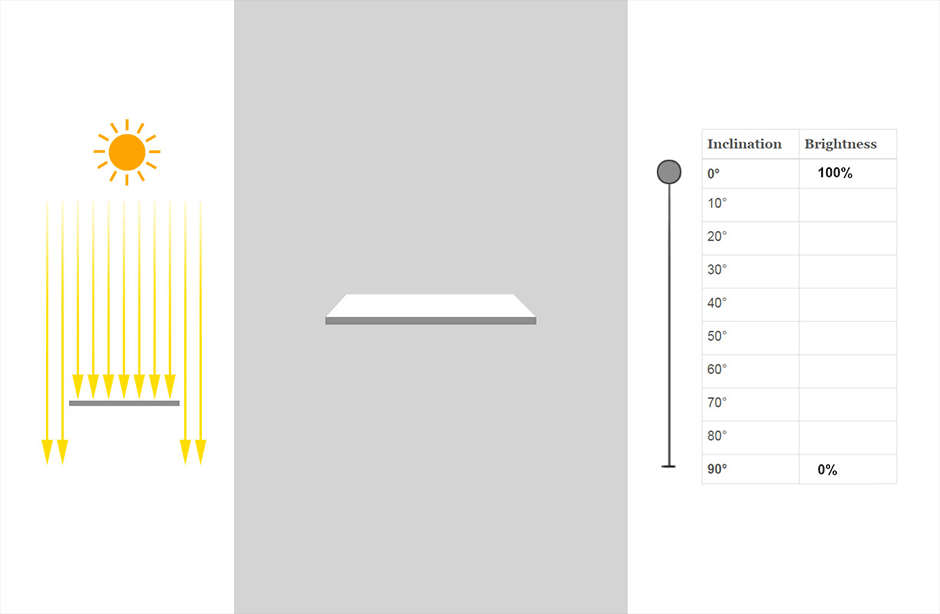
Lambert’s Cosine Emission Law
Here is a test for you: What brightness percentage do you think we get at 80° of inclination? Make an estimate.
Now what about the other extreme? How much brightness do we get at 10° of inclination? Again, make an estimate.
Ready for the solution?
At 80° inclination, we get 45% brightness.
At 10° inclination, we get 99% brightness.
🤯 What’s going on?!
This, my friend, is how value changes as form turns away from the light direction. It’s not linear (100%, 90%, 80%, etc…) as you may have thought. It follows what is called Lambert’s Cosine Emission Law.*
Here are the brightness percent numbers: 100, 99, 97, 94, 89, 82, 73, 62, 45, 0. (Source.)
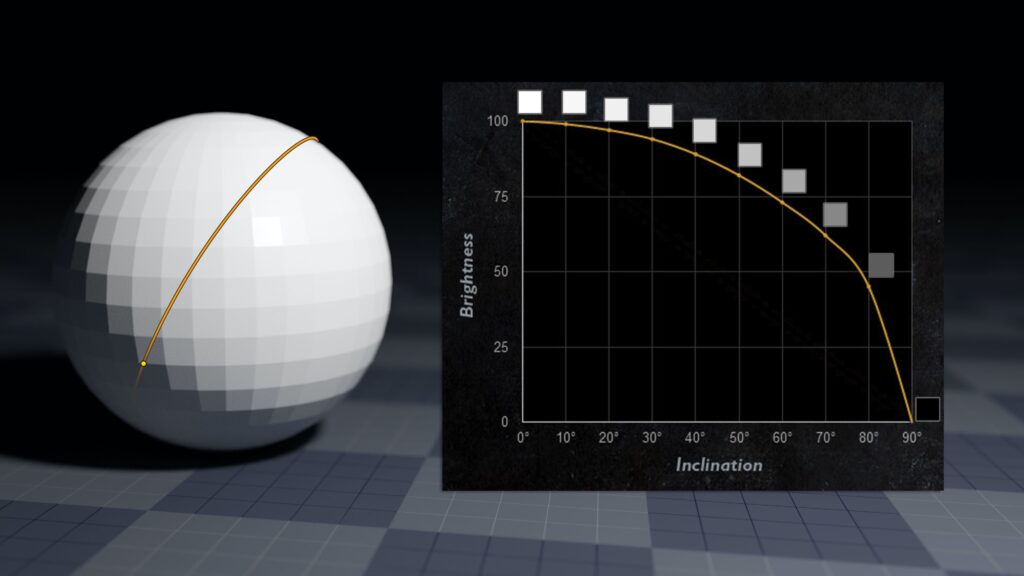
Let’s compare a linear scale with a Lambert or “Light on Form” scale:
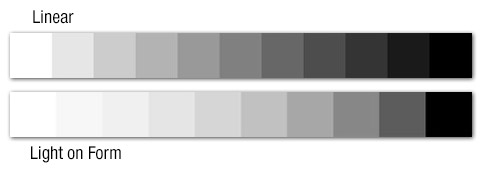
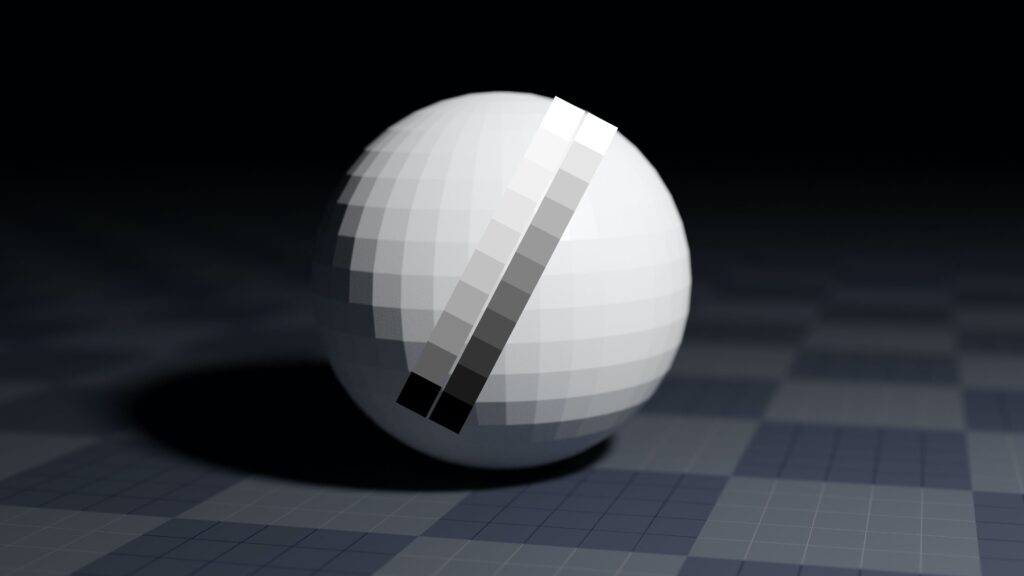
If you were to shade an object with the linear scale, can you see how it would go way too dark, way too quickly?
Three common shading mistakes
If you don’t understand Heinrich Lambert’s “Cosine Law”, you are prone to make these mistakes.
1) “Dirty Lights”
If you make your light halftones too dark, your shading won’t read like shading but rather like discoloration on the surface of the object you are drawing. Remember, the brightness drops 100%, 99%, 97%, etc. with each 10° of rotation. Make sure to keep the value change subtle in the light halftones.
2) “Dark Halftone Halo”
If, on the other extreme, you don’t make your dark halftones dark enough, the form will appear flat and you might see what appears like a halo or light glow next to the terminator/shadow line.
3) Making the Reflected light too Bright
This shading mistake is not directly related to Lambert’s Cosine Law, but it is very common so I’d like to mention it here as well. Many artists (me included) seem to have a tendency to make reflected lights too bright. When we do this, the integrity of the shading is broken and the image becomes confusing. When in doubt, keep your reflected lights a bit too dark/subtle, rather than too bright.
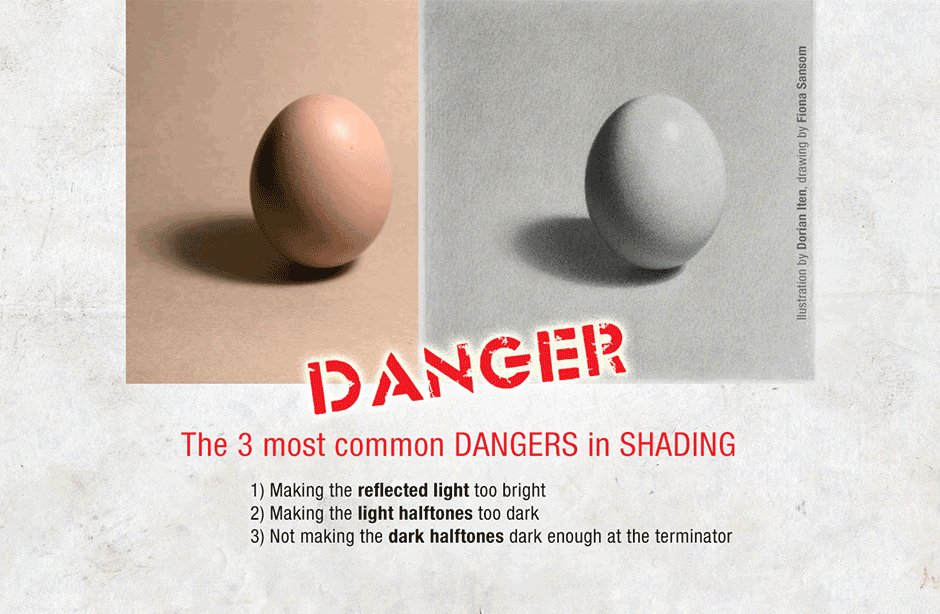
* Is your math not working out?
Here is a small addendum for those thorough souls out there who did the cosine calculation and are wondering why your numbers don’t match mine. In addition to light energy diminishing in a nonlinear way, the human eye does not perceive brightness linearly either.
Here is a great page that explains this: www.cambridgeincolour.com/tutorials/gamma-correction.htm.
And here are the numbers for (physical) light energy and (perceived) brightness: www.huevaluechroma.com/107.php.

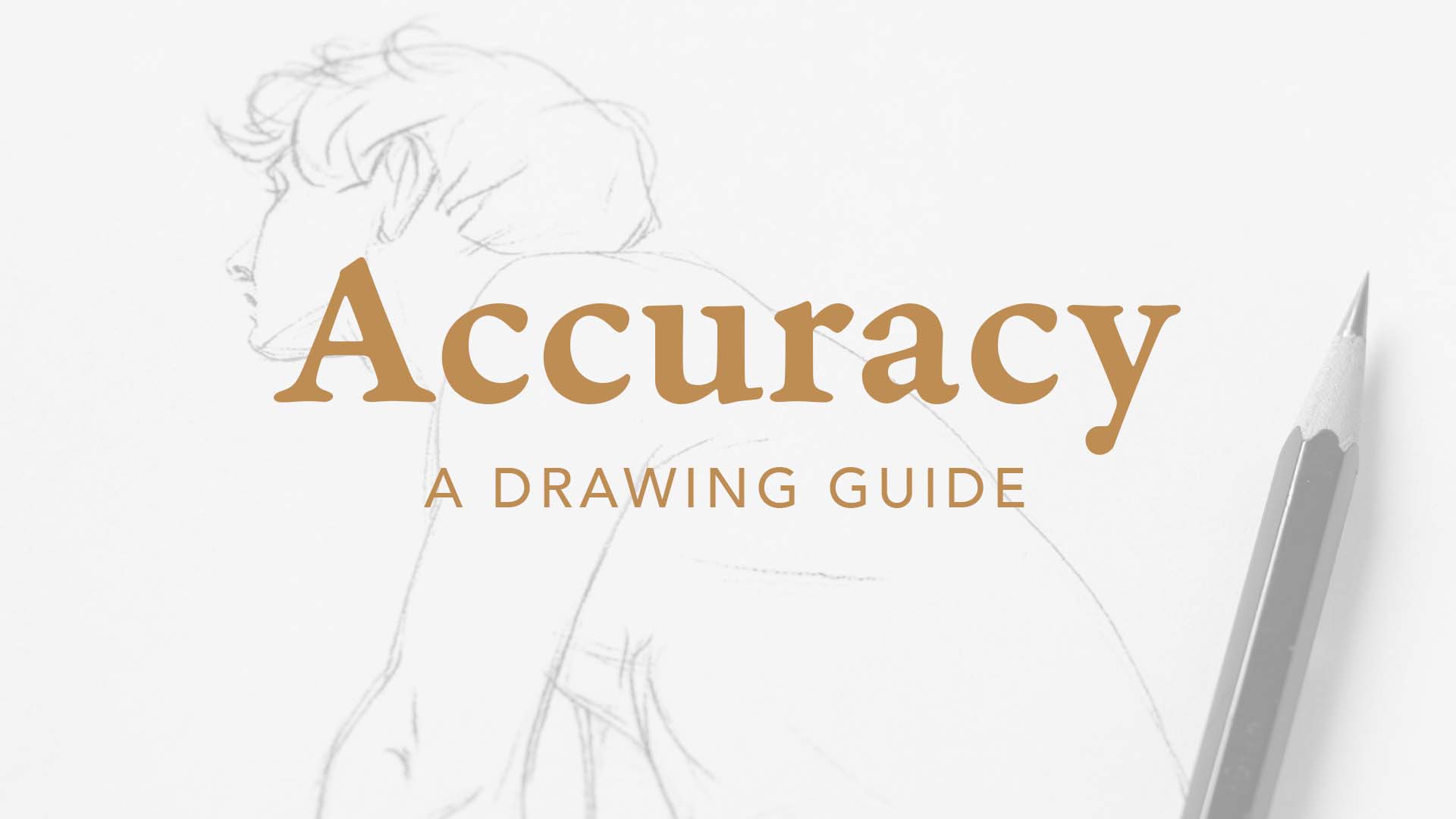
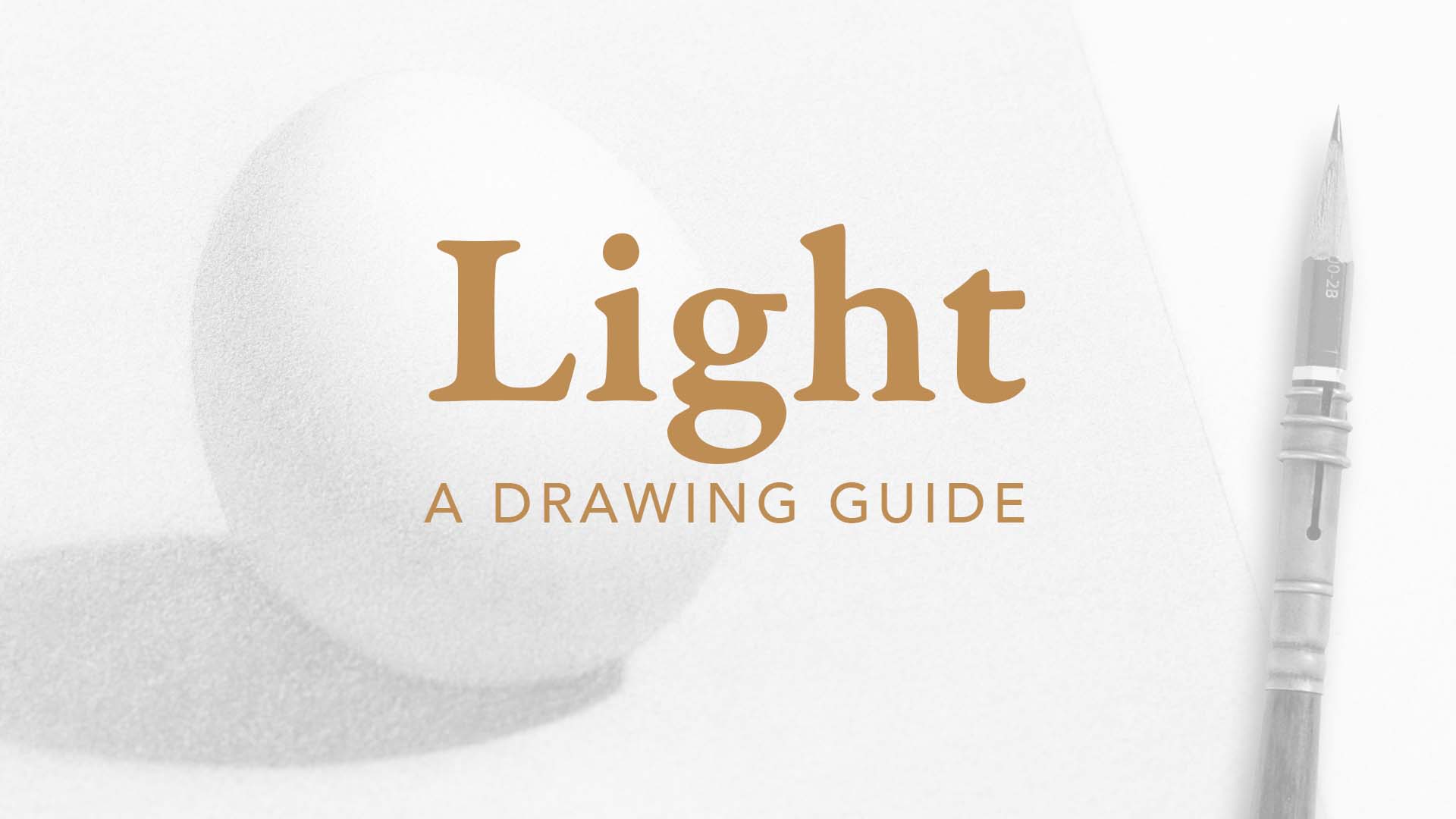
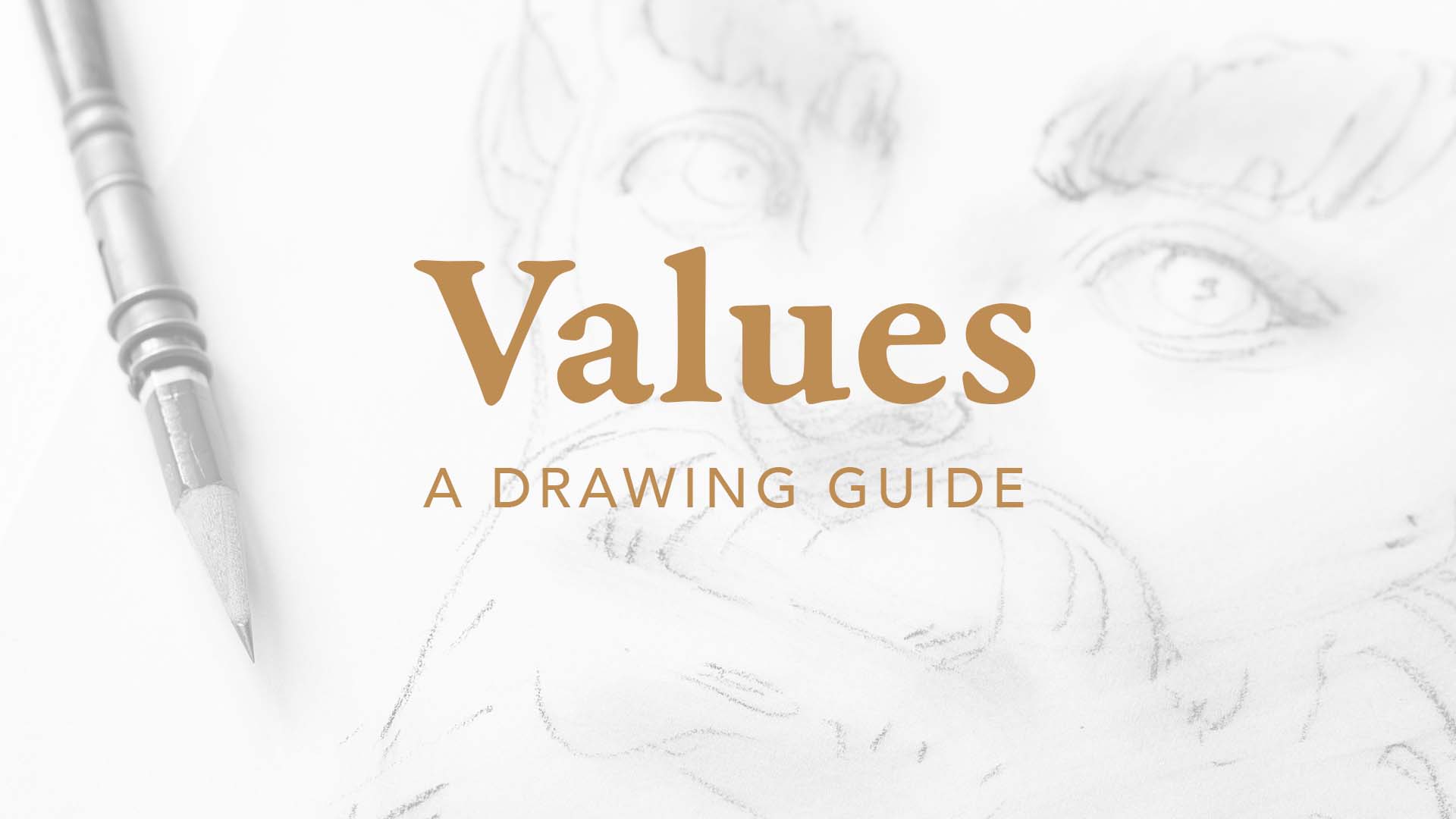

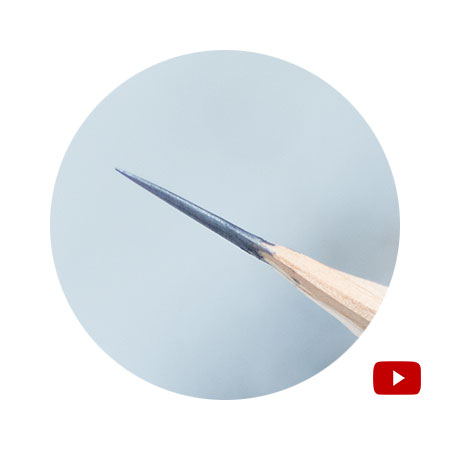

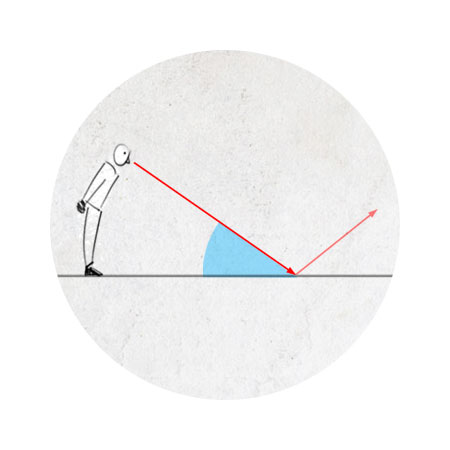
Hi Mr. Iten!
Does this concept apply the same way when you’re dealing with a spotlight rather than environmental light? I am trying to render a scene lit by a lamp but I can’t seem to understand how the light will hit each form.
For example, in my drawing, the light is coming from the right at an angle instead of straight down like the diagram. Do you have any advice on how I can find the correct angle regarding my planes?
Thank you! – Jesse
Hi Jesse,
If you are having trouble inventing the shading in your drawing, I’d recommend building a maquette. You can do it digitally with a program like Blender or physically with plasticine, clay, paper, or even a kneadable eraser.
Here is an example:

This lesson was revolutionary to me, and this after years of working as an artist! I was doing this things by intuition and didnt even know this theory exists and you can paint and draw more mindfully!
Thank you so much!
Hi Dorien,
I’m writing this because I have some huge doubts about this statement.
It makes sense mathematically, but in real life, most surfaces don’t behave like perfect Lambertian reflectors.
I’ve compared real life photos with the Lambert’s law and from what I’ve seen, it’s very different.
Things like skin, wax, or even rough paper scatter light in more complicated ways—some light bounces, some goes inside and comes back out. That’s why sometimes Lambert just doesn’t “look right” in practice, especially for materials with texture or gloss.
Oren Nayar is often regarded as more accurate to real life than Lambert, and from my point of view, it really is.
Thanks for the article either way, it was a great read, and have a great day!
🤯
I love the internet!
I had not come across the Oren Nayar reflectance model yet!
I’ll take a closer look – thank you so much, Fazartti!